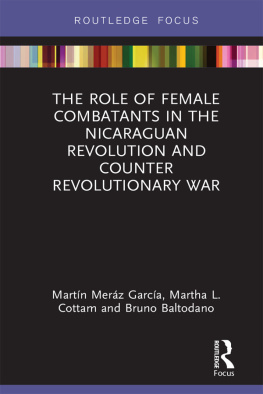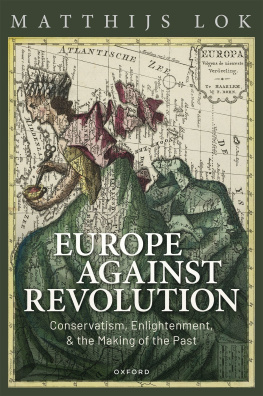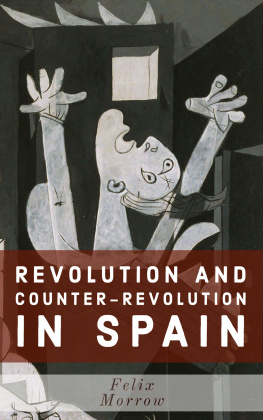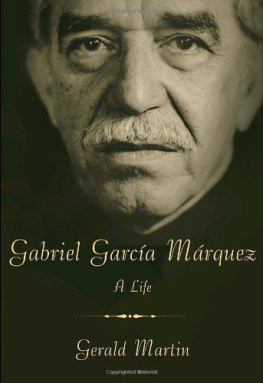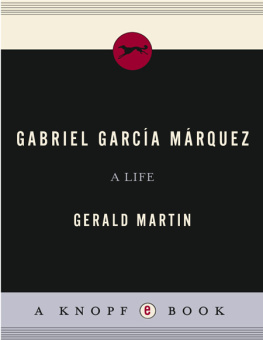The Role of Female Combatants in the Nicaraguan Revolution and Counter Revolutionary War
The revolution in Nicaragua was unique in that a large percentage of the combatants were women. The Role of Female Combatants in the Nicaraguan Revolution and Counter Revolutionary War is a study of these women and those who fought in the Contra counter revolution on the Atlantic Coast.
This book is a qualitative study based on 85 interviews with female ex-combatants in the revolution and counter revolution from the 1960s to the end of the 1980s, as well as field observations in Nicaragua and the autonomous regions of the Atlantic Coast. It explores the reasons why women fought, the sacrifices they made, their treatment by male combatants, and their insights into the impact of the revolution and counter revolution on todays Nicaragua. The analytical approach draws from political psychology, social identity dynamics such as nationalism and indigenous identities, and the role of liberation theology in the willingness of the female revolutionaries to risk their lives.
Researchers and students of Gender Studies, Latin American and Latino Studies, and Political History will find this an illuminating account of the Nicaraguan Revolution and counter revolution, which until now has been rarely shared.
Martn Merz Garca is Associate Professor of Chicana/o Studies at Eastern Washington University, USA. His areas of specialization include international relations, political psychology, and criminal justice; he currently teaches in the area of Chicanx Studies. Current publications include Ordinary Individuals Who Become Narcotraffickers: A Theoretical and Interdisciplinary Approach to Drug Traffickers (2011) and the article Narcoballads: The Psychology and Recruitment Process of the Narco (2006).
Martha L. Cottam is Professor of Political Science in the School of Politics, Philosophy, and Public Affairs at Washington State University, USA. She specializes in political psychology and international politics. Her publications include Confronting al Qaeda: The Sunni Awakening and American Strategy in al Anbar (2016), Nationalism and Politics: The Political Behavior of Nation States (2000), and Images and Interventions: U.S. Policies in Latin America (1994).
Bruno M. Baltodano is Professor of Political Science at Florida SouthWestern State College, USA. His primary research interests are insurgencies and political violence. He has been a contributing writer on books on the Sunni Awakening in Iraq, the Israeli-Palestinian conflict, and civil police in Nicaragua and journal articles on the Sandinista Revolution.
The Role of Female Combatants in the Nicaraguan Revolution and Counter Revolutionary War
Martn Merz Garca, Martha L. Cottam and Bruno M. Baltodano
First published 2019
by Routledge
2 Park Square, Milton Park, Abingdon, Oxon OX14 4RN
and by Routledge
52 Vanderbilt Avenue, New York, NY 10017
Routledge is an imprint of the Taylor & Francis Group, an informa business
2019 Martn Merz Garca, Martha L. Cottam and Bruno Baltodano
The right of Martn Merz Garca, Martha L. Cottam and Bruno Baltodanoto be identified as authors of this work has been asserted by them in accordance with sections 77 and 78 of the Copyright, Designs and Patents Act 1988.
All rights reserved. No part of this book may be reprinted or reproduced or utilised in any form or by any electronic, mechanical, or other means, now known or hereafter invented, including photocopying and recording, or in any information storage or retrieval system, without permission in writing from the publishers.
Trademark notice: Product or corporate names may be trademarks or registered trademarks, and are used only for identification and explanation without intent to infringe.
British Library Cataloguing-in-Publication Data
A catalogue record for this book is available from the British Library
Library of Congress Cataloging-in-Publication Data
A catalog record for this book has been requested
ISBN: 978-0-367-14148-6 (hbk)
ISBN: 978-0-429-03053-6 (ebk)
Typeset in Times New Roman
by Apex CoVantage, LLC
This book is dedicated to Andrew Connor Baltodano, grandson of the revolution, who, like the guerrilleras we met in our Nicaragua travels, was resolute in the struggle against a powerful enemy. His and their legacy inspires us. Rest in peace, mijo.
Additionally, this work is dedicated to Blanca Elvia Garca, who like the female combatants in our interviews battled a powerful adversary a rare form of incurable cancer known as adenocarcinoma of unknown primary.
The manuscript is also dedicated to the female combatants and non-combatants alike who contributed to the revolution and counter revolutionary war but were never publicly or otherwise acknowledged for their efforts.
Moreover, this book is dedicated to the mothers who lost their children to both conflicts, in particular to Juanita Martinez Espinoza from Masaya who lost three of her children and her husband to the revolution. Finally, this manuscript is devoted to all guerrilleras for their contributions in toppling dictatorship in pursuit of democracy and freedom around the world.
Contents
Women are often considered victims of war-related violence: civilians killed as collateral damage, victims of war-rape, mothers and sisters losing male relatives to combat. But women do often participate in war in a variety of capacities including support or combat soldiers, clandestine operatives, and safe house keepers. This study looks at women combatants in the Nicaraguan Revolution and the counter revolution that followed. We begin with an overview of women in war through history, then present an analytical framework with which we will analyze female combatants in Nicaragua, and then present field-based data from interviews with women who fought with and worked for the Frente Sandinista de Liberacin Nacional (FSLN) revolutionary front that overthrew the Somoza dictatorship in Nicaragua and women in the counter revolutionary forces that followed.
The concept of women participating in combat operations appeared to be a new phenomenon when media outlets in 2003 reported that Shoshana Johnson, an African American Army specialist, had been captured during the early stages of the U.S. invasion of Iraq. Womens participation in combat is often questioned on biological grounds. For example, some scholars argue that womens body types (in terms of body mass, weight, strength, etc.) are simply not suited for the rigors of combat in which soldier have to carry loads of equipment and food for distances that would be impossible for women (Gat, 2000). Additionally, others have argued that the participation of women in combat operations is problematic because women are usually exposed in ways that men are not, including a higher danger of being captured by the enemy and subjected to non-traditional torture practices such as rape. Often women have been portrayed as hindering military operations because they have been perceived as either not physically able to keep up with male soldiers or as vulnerable and unable to protect themselves if attacked, hence the need to provide for their protection. For these reasons, the role of women in war and civilian conflicts has been portrayed traditionally as camp followers performing household duties such as gathering and cooking food for the men, mending uniforms, laundering clothing, performing services as prostitutes, or at the very best serving as nurses and providing comfort to military commanders during military campaigns far away from the danger of the battlefield (Creveld, 2000). Moreover, when women are portrayed as performing some of the roles traditionally assigned to male soldiers in civilian combat, it has been only as isolated incidents in which women have exhibited unusual skills, strength, agility, and valor, traits apparently not common among females and only attributed to males. For example, the isolated incidents cited by historians include the American Revolution in 1778, when Molly Pitcher took her husbands place after he was wounded, serving his artillery piece until the close of the battle (Barnes, 2005).


